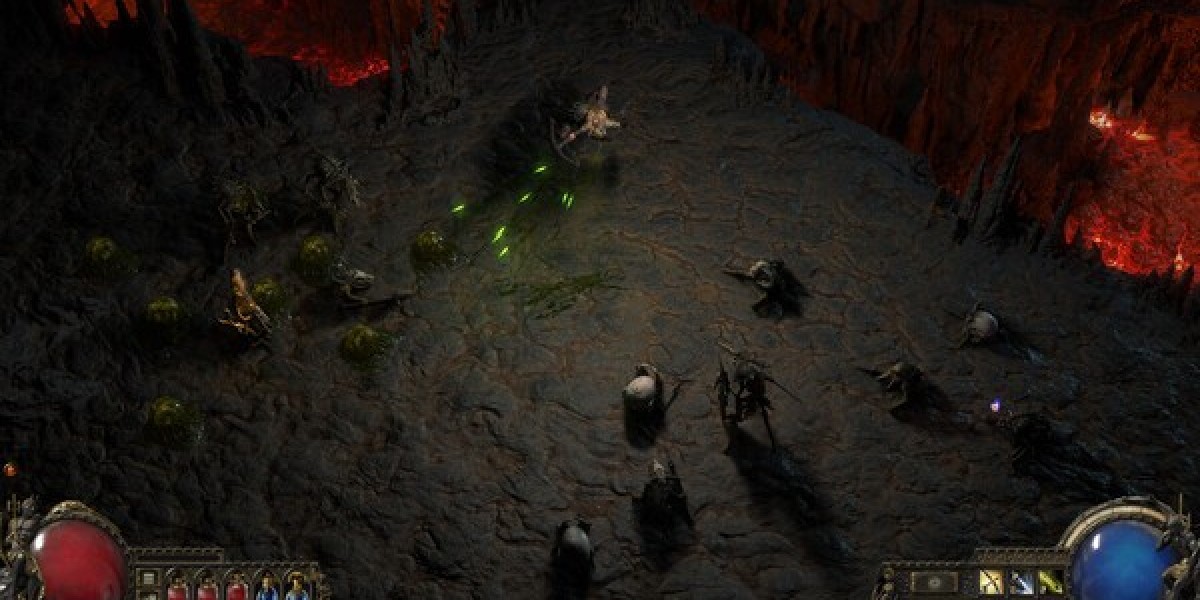The right lighting can transform a space, highlight its best features, and make it irresistible to prospective buyers. For an Orange County real estate photographer with years of experience, mastering lighting is not just about technical skill—it's about understanding how light affects mood, perception, and value. This article will explore expert lighting techniques used by seasoned professionals in the industry, offering tips that can elevate any real estate shoot, whether you’re a budding photographer or a homeowner looking to showcase your property in the best possible light.
Understanding Natural Light
The foundation of great real estate photography starts with natural light. Orange County is fortunate to have abundant sunshine for much of the year, which is a great asset for photographers. However, managing that natural light effectively is key.
Time of Day Matters:
Shooting during the “golden hour”—shortly after sunrise or before sunset—can add a warm and inviting glow to exterior and interior shots. Midday sun, while plentiful, often creates harsh shadows and overexposed highlights, making it less ideal for most situations. For interiors, shooting late morning or mid-afternoon often works best, as natural light will fill the room more evenly without being overpowering.
Window Direction is Crucial:
Pay attention to the orientation of the home. South-facing windows receive the most consistent light throughout the day, while north-facing windows offer softer, more diffused lighting. East and west windows can create strong directional light in the morning and evening, respectively, which might require additional adjustments.
Use Sheer Curtains or Diffusers:
If the natural light streaming through windows is too harsh, using sheer curtains or professional diffusion material can soften the light without completely blocking it. This technique is particularly useful when shooting kitchens, living rooms, or other areas with large windows.
Artificial Lighting Techniques
While natural light is ideal, it’s not always sufficient or available. That’s when artificial lighting becomes essential.
Balance Color Temperatures:
Mixing natural and artificial lighting can lead to color imbalances in photos, making white walls look yellow or blue. To counter this, ensure all artificial lights in a room are the same color temperature—either all warm or all cool. Many seasoned professionals use daylight-balanced LED lights to match the color of natural sunlight.
Three-Point Lighting Setup:
A classic lighting technique borrowed from studio photography, the three-point setup includes a key light, fill light, and back light. In real estate photography, this can be adapted using speedlights or strobes positioned strategically around a room. The key light is the main source of illumination, the fill light reduces shadows, and the backlight (or rim light) adds depth.
Use Off-Camera Flash for Control:
Mounted flashes can be harsh and flat, but off-camera flashes allow for much greater flexibility. They can be bounced off walls or ceilings to create soft, even lighting. Seasoned photographers often use wireless triggers to place flashes behind furniture, in hallways, or inside adjacent rooms to subtly fill dark areas.
Using Light to Create Mood and Dimension
A good real estate photo isn’t just well-lit—it tells a story and evokes emotion.
Highlight Focal Points:
Use light to draw the viewer’s eye to key features, such as a fireplace, a chef’s kitchen, or a walk-in closet. A small flash aimed at the area of interest or a carefully placed lamp turned on can subtly enhance these details.
Create Depth with Shadows:
Too much even lighting can make a room look flat and lifeless. Controlled shadows can add depth and realism. The trick is finding the balance—enough shadow to show shape and texture without obscuring important details.
Mood Lighting for Luxury Properties:
In high-end homes, especially in Orange County’s luxury market, mood lighting becomes a critical element. Dimmers, accent lighting, and LED color lighting can be used to add a sense of ambiance and exclusivity. A seasoned Orange County real estate photographer often collaborates with interior designers to ensure lighting enhances the home’s overall aesthetic.
Mastering Exposure Blending and HDR
One challenge in real estate photography is capturing both interior details and the outdoor view through windows. The difference in brightness levels can be extreme, especially in bright locations like Orange County.
Exposure Bracketing:
To overcome this, photographers take multiple exposures of the same shot—usually one underexposed, one correctly exposed, and one overexposed. These are then blended together using software like Lightroom, Photoshop, or specialized HDR software to create a balanced final image.
Avoid Overdone HDR:
While HDR (High Dynamic Range) techniques can help balance lighting, overusing them can result in unnatural-looking images with exaggerated colors and halos around objects. The goal should always be realism—enhancing what the eye naturally sees.
Manual Blending for Precision:
Experienced photographers often prefer manual exposure blending over automated HDR tools. This allows for more precise control over which parts of each exposure are used, resulting in cleaner and more professional images.
Lighting Small and Challenging Spaces
Bathrooms, closets, and hallways are some of the most challenging areas to light well. They’re often tight, have poor natural light, and include reflective surfaces that can cause glare.
Use Compact Lighting Gear:
Smaller flashes or LED panels can fit into tight spaces without crowding the room or being visible in mirrors. Some photographers also use light stands with adjustable arms to position lights discreetly.
Bounce Light Strategically:
Bouncing light off a white wall or ceiling can illuminate a small room without causing harsh shadows. This technique is particularly useful in powder rooms or pantries.
Watch for Reflections:
Mirrors and glass can reflect light sources and the photographer themselves. Angle lights carefully and consider using black flags or foam boards to block unwanted reflections.
Exterior Lighting Tips
Exterior shots are often a listing’s first impression, making lighting for these images especially important.
Time the Shot for Best Light:
The golden hour works wonders for exterior photography. Early morning or late afternoon light casts long shadows and adds depth and warmth to the image. Cloudy days can also be ideal, providing soft, even light that eliminates harsh shadows.
Use Flash for Fill Lighting:
Even outdoors, artificial lighting can help. A subtle flash can brighten up the facade of a home, add detail to a shaded porch, or illuminate landscaping features.
Light Up Twilight Shots:
Twilight photography—capturing a home just after sunset when interior and exterior lights are on—is a popular technique. It creates a warm, inviting look and can make a home stand out in online listings. This requires careful coordination: all interior and exterior lights should be turned on, and supplemental lighting may be needed to illuminate dark areas like driveways or side yards.
Editing and Post-Processing Considerations
Even the best lighting setup can benefit from thoughtful post-processing.
Color Correction:
Ensure white balance is consistent throughout the set of images. If the walls appear green in one image and yellow in another, it can be distracting to potential buyers.
Light Dodge and Burn:
Selective brightening (dodging) and darkening (burning) can help guide the viewer’s eye and add depth. For example, lightly brightening a couch or countertop can make it pop without affecting the whole room.
Avoid Over-Editing:
The goal of editing should be to enhance realism, not create fantasy. Over-saturated colors or overly sharpened images can make listings look cheap or untrustworthy.
Equipment Recommendations for Lighting
An experienced Orange County real estate photographer typically has a trusted lighting kit, which may include:
Speedlights or strobes with wireless triggers
LED panels with adjustable color temperature
Light stands and modifiers like umbrellas or softboxes
Diffusers, reflectors, and flags for shaping light
A reliable tripod to support exposure bracketing
Color-checker tools for accurate white balance
Final Thoughts
Lighting is as much an art as it is a science. It requires technical knowledge, creative vision, and the ability to adapt to a wide variety of environments. In the world of real estate, where first impressions matter deeply and buyers often make snap judgments, lighting can be the difference between a listing that lingers and one that sells quickly.
A seasoned Orange County real estate photographer understands how to harness light—both natural and artificial—to tell a home’s story in the most compelling way. Whether it’s using soft light to enhance a cozy bedroom or balancing exposures to show off a million-dollar view, mastering lighting is a skill that pays dividends in every frame.



